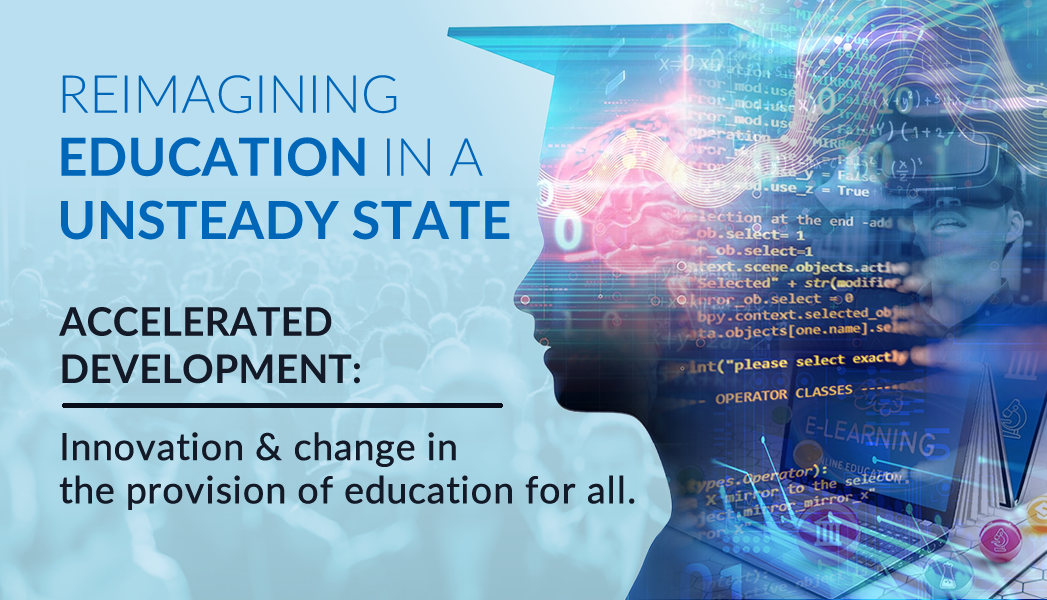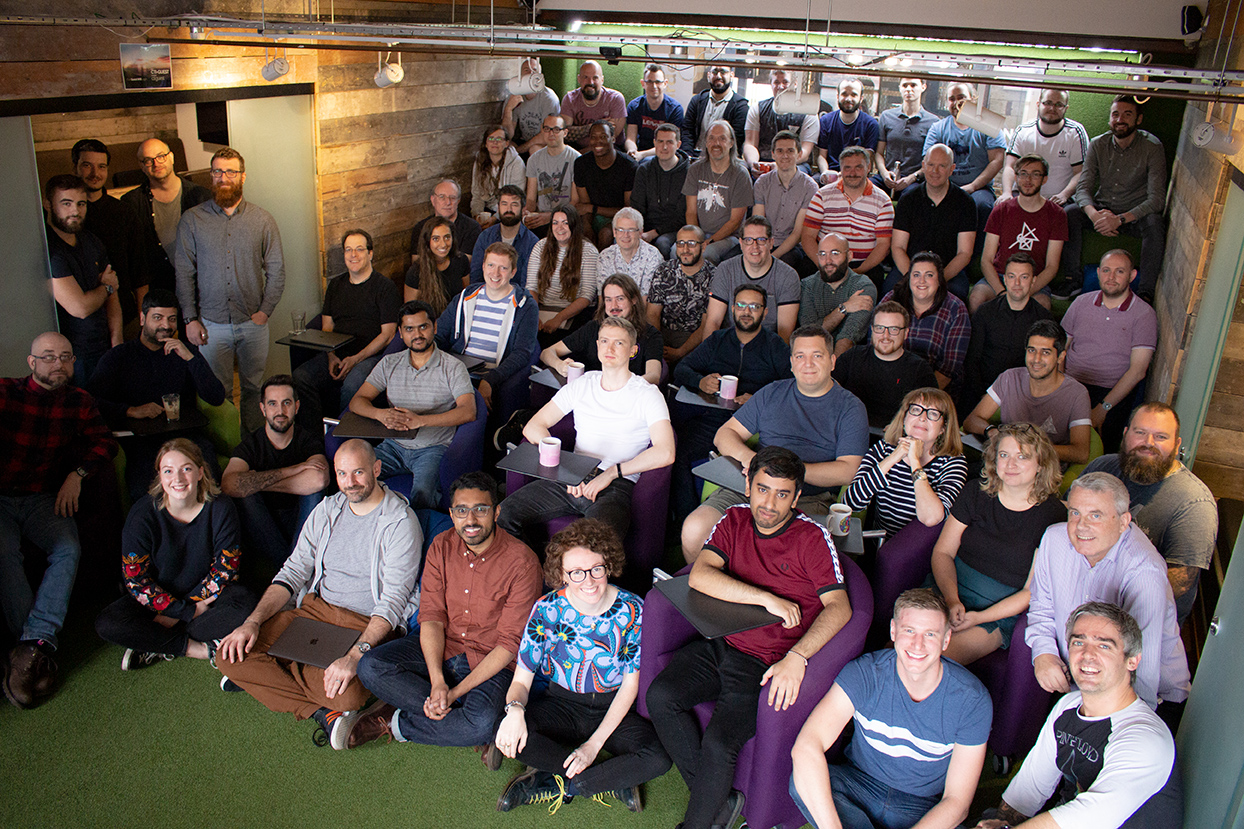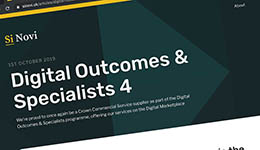
March 2020 will be remembered as the month when almost all the world’s educational facilities stopped ‘business as usual’ activity and closed their doors. According to UNESCO, most governments around the world closed educational institutions in an attempt to contain the spread of COVID-19 - these nationwide closures immediately affected over 72% of the world’s student population.
It has been the extreme speed of closures and the rapid move to distance learning that has allowed almost no time for planning. For a decade and more educators around the world have talked about the need to rethink how we educate our future generations, whilst giving opportunities for learning at all ages and levels. This pandemic has forced immediate action.
Although the current set of crises is affecting millions with regard to the challenges we all face through our lives and work, this inescapable disruption should act as a new chapter for how we rethink both the resourcing and provision of education. It forces us to re-evaluate what students of all ages require from educators and how educators need to shape efforts for greater elements of online learning.
This dynamic change comes at a time when discussion and debate about jobs of the future and skills required for tomorrow come ever more sharply into focus. According to a World Economic Forum report, 65% of primary-school children today will be working in job types that do not exist yet. As part of these seismic changes, education needs to change to be able to better prepare our young learners for what the future might hold. The societal challenges we face today require diverse insights, new skills and different approaches to solving problems.
User Centred Design: Putting both students and teachers first
The first challenge we face revolves around Innovating in times of extreme change - enhancing the educational systems, services and infrastructure that meet the needs of teachers and students right now. For a new era of democratized education, where access and availability for all is a driver, what are the biggest challenges for a mass of students who for the majority are learning solely online for the first time?
What are the challenges that teachers will face now and in the future in order to both meet the needs of students through online teaching and then to continually enhance the quality of education for all ages and stages? How do we get more teachers to enter the profession? How do we make it easier for them to apply, train and then teach?
The answer to the majority of these questions lies in effective user centred design of systems and services for a hugely varied user base, all of whom are operating in either stretched or unusual circumstances. Such a complex landscape can only be tackled through intimate understanding of the challenges and iterative and agile shaping and adoption of digital services that enhance both teaching and learning techniques.
The development of new digital services will improve engagement with prospective teachers. Designed well they will help attract the talent that will power effective, improved education for all.
Unearthing critical soft skills
The current challenges have unearthed adaptability and resilience as critical characteristics (and skills) for future generations entering work. Aside from the technical skills required for a digital future, some of the most important skills that employers will be looking for will be collaboration and communication and the ability to work as part of a team. Additionally, alongside IQ, emotional intelligence (EQ) and empathy will be sought after skills for workforces.
COVID-19 illustrates how globally interconnected we are – there are no longer such things as isolated issues and actions. Successful people in the coming decades will understand this interrelatedness and navigate across boundaries to embrace their differences and work in a truly collaborative way.
We can already see this broad and adaptive shape of education coming through that combines breadth and depth, with deep disciplinary expertise being combined with general knowledge and work readiness intelligence.
Continued investment in technology-enhanced learning
Educational institutions are now compelled to harness education technological tools to create content for remote learning. The potential is there for teachers to teach differently and with greater flexibility, which needs to map against students learning differently, but effectively and successfully. Technology-enhanced learning will help teachers keep up with the increasing demand from life-long students (we never really stop learning). AI-based learning tools developed in the past decade have incredible potential to personalise education. Additionally, given equality of access, this technology has the ability to reduce societal gaps for future students.
Greater support for teachers
Like the rest of the world, teachers had little or no notice about their schools closing and shifting to online learning—this can be challenging for anybody. At a time when the government is investing in teacher training and recruitment, it makes sense for greater emphasis to be placed on the power of technology and its potential to significantly impact the wellbeing of our educators, but the platform of success must be built on user centred design.
Now more than ever, help and assistance is required for educators so that we are not asking already significantly burdened teachers to reinvent the wheels of education. Poor experiences of technology through lockdown will make it harder for the education sector to invest in technology for the future. We don’t think anyone has all the answers and through the new positive and negative experiences that will undoubtedly come, it’s vitally important that teachers are supported to quickly learn what does and doesn’t work.
Published in Education Technology Magazine June 1st 2020 https://edtechnology.co.uk/digi-mag/








